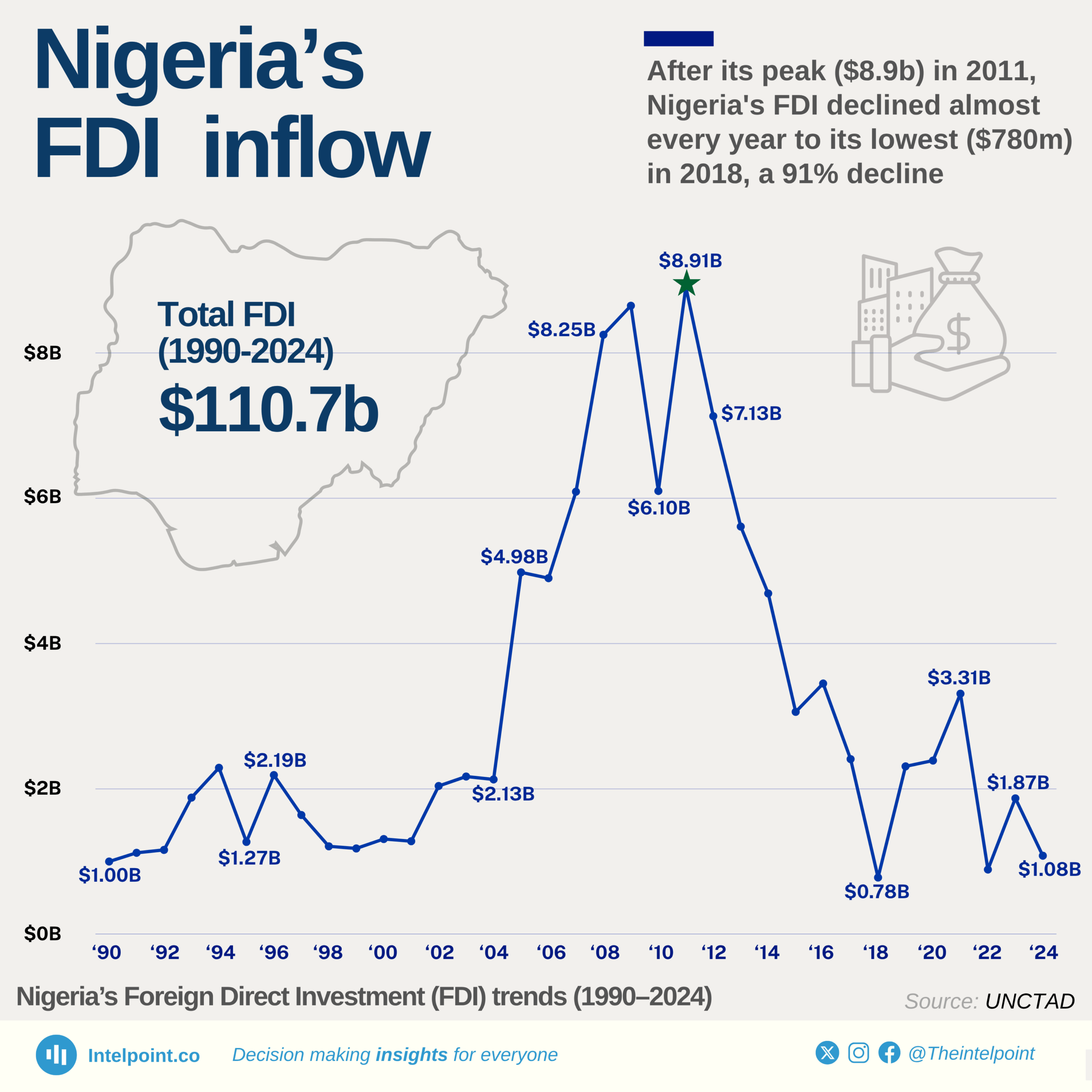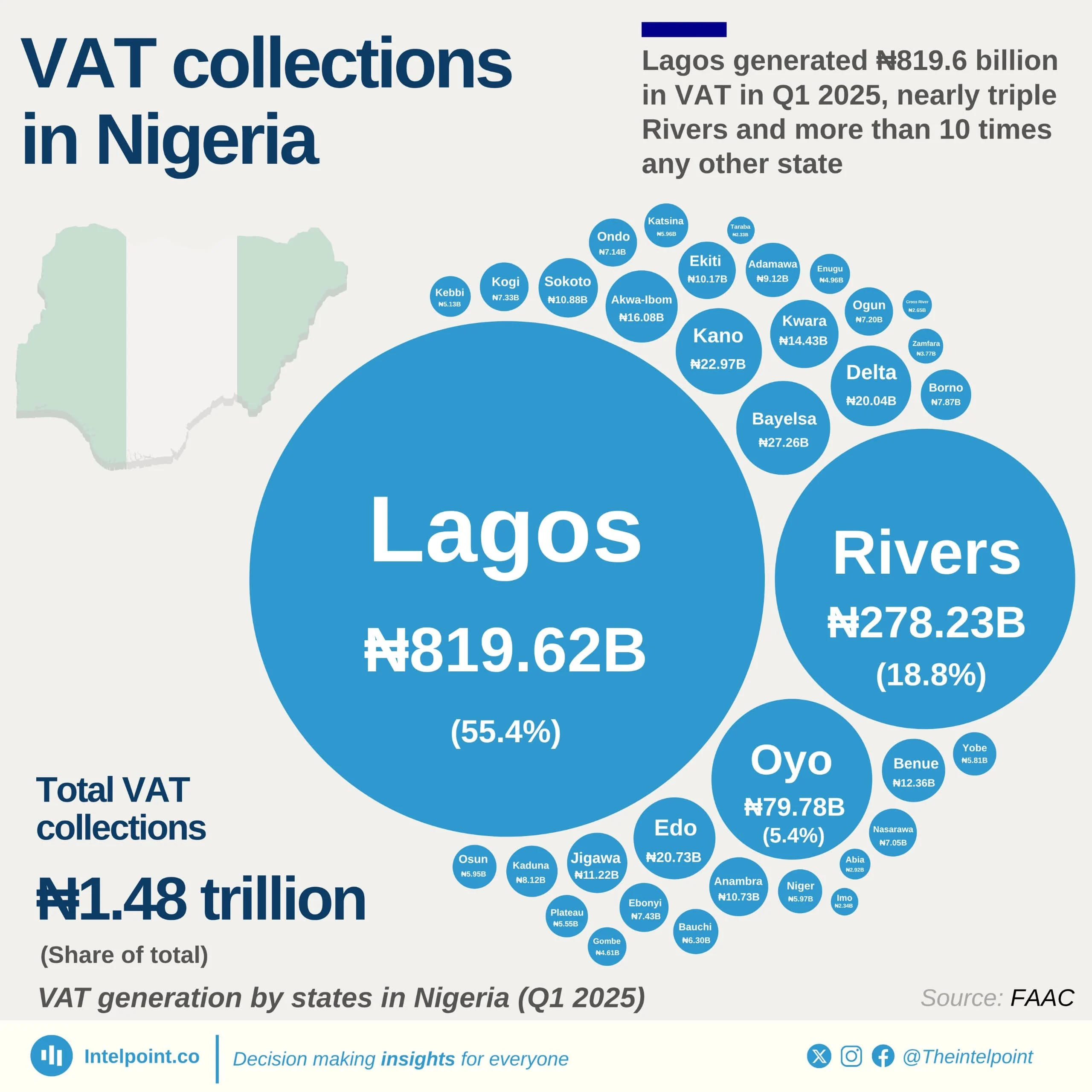The South-West stands as Nigeria’s VAT powerhouse, generating a staggering ₦341.18 billion in VAT revenue. However, despite its massive economic contribution, the region received only ₦106.85 billion, translating to a 31% return on its VAT remittance.
The weight of this burden is disproportionately borne by Lagos, which alone remitted ₦305.52 billion, nearly 90% of the entire region’s VAT. Yet, its allocation stood at just ₦62.59 billion (20.5% of its input), making it the single largest net contributor in the country.
Meanwhile, the sharing formula worked wonders for Osun, which remitted just ₦590 million but astonishingly received ₦7.73 billion, a mind-blowing 1,211% gain. Similarly, Ondo (₦990M contribution) and Ogun (₦2.31B contribution) collectively received ₦16B, far exceeding their inputs.
This extreme fiscal sharing raises serious questions about Nigeria’s VAT allocation formula, as revenue generated by high-performing states is disproportionately funneled into lower-contributing states. The South-West, despite its economic strength, remains one of the biggest victims of VAT imbalance, funding allocations across the federation at a shocking scale.





